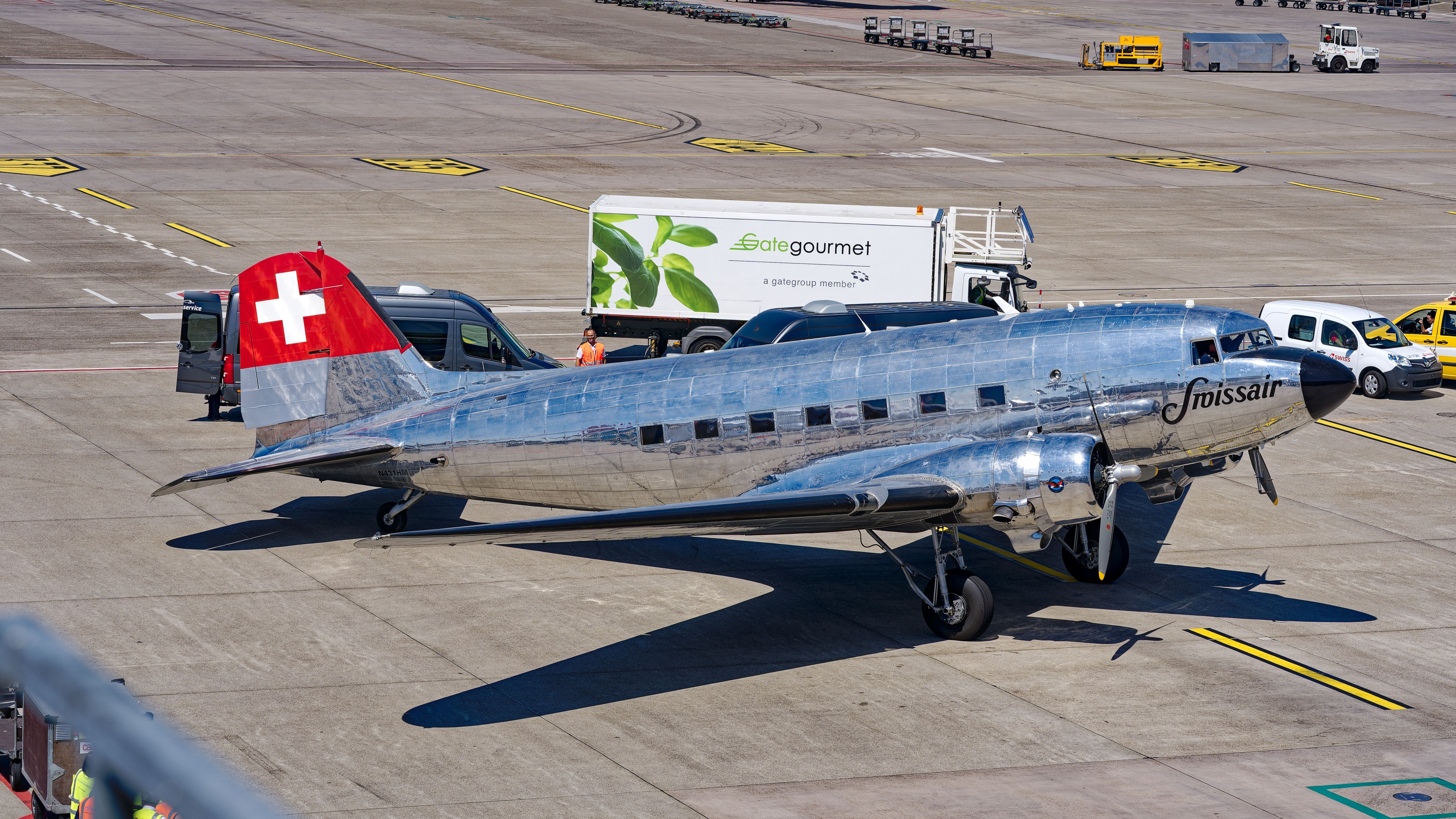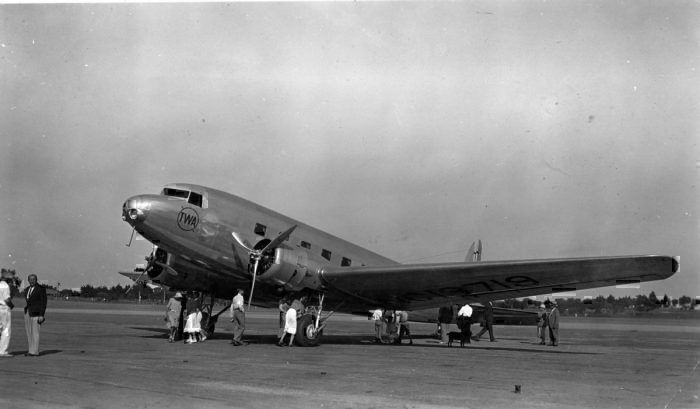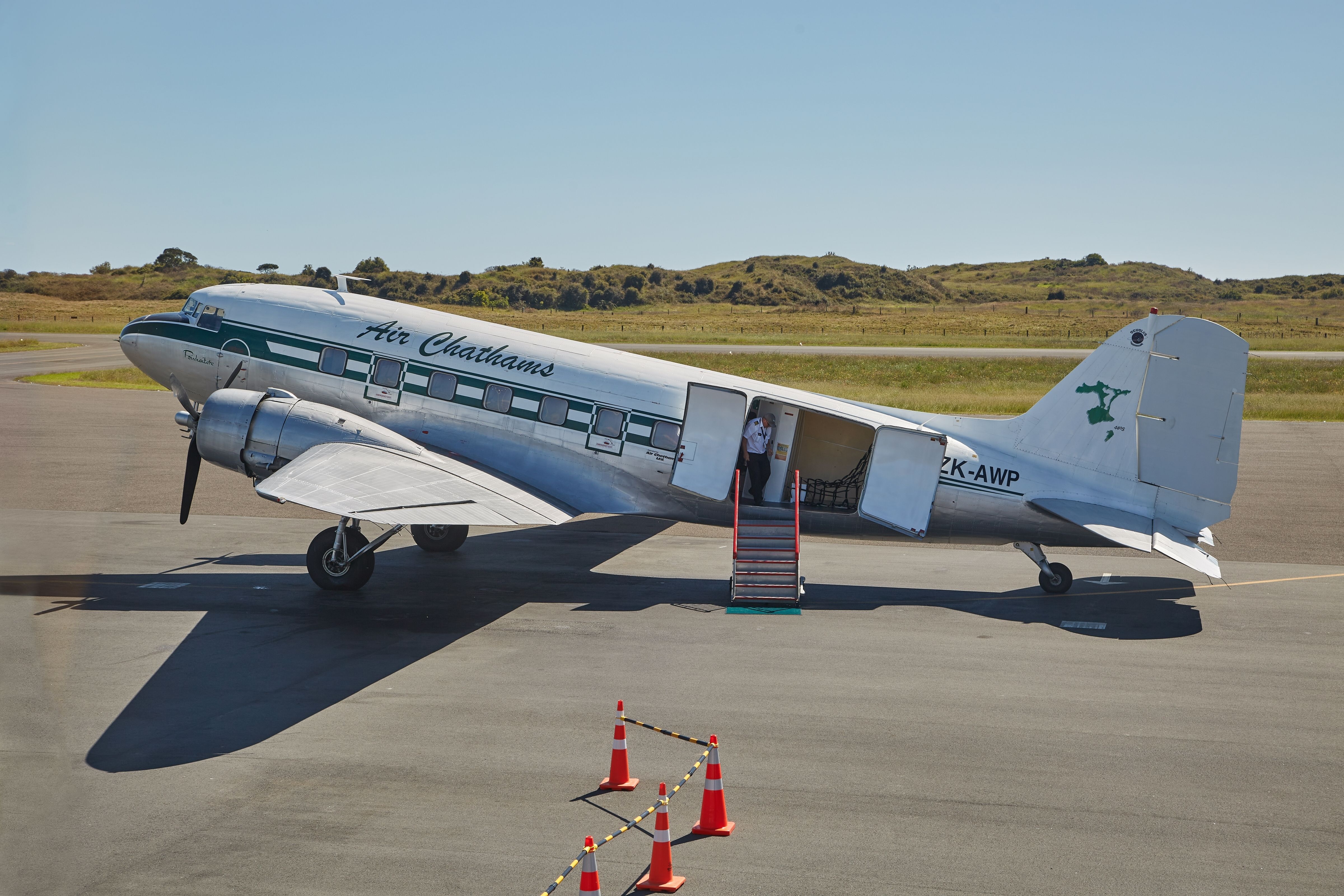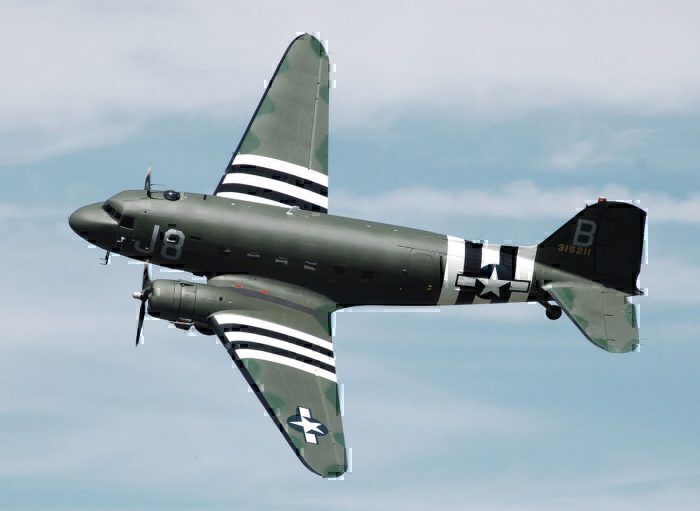Summary
- The Douglas DC-3 revolutionized air travel with its larger size and more powerful engines.
- The DC-3's operational legacy is impressive, with over 600 examples built compared to only 75 units of its primary competitor.
- It enjoyed a successful military career, serving as the C-47 Skytrain and remaining in service until 2008.
The Douglas DC-3 is widely regarded as one of the most critical developments in commercial passenger aviation. Entering service in 1936, the Douglas DC-3 immediately showed its capabilities as a passenger aircraft.
Get the latest aviation news straight to your inbox: Sign up for our newsletters today.
Much as its military counterpart, the C-46 Skytrain/C-53 Skytrooper did, the Douglas DC-3 remained in operation across a variety of roles for decades. But what made the DC-3 so special? In this article, we'll take a look at how the DC-3 changed air travel forever.
Development and early years
The Douglas DC-3 was developed at the request of American Airlines CEO C.R. Smith. Smith wanted a long-distance sleeper aircraft that would allow American Airlines to transport passengers across the US. The Douglas DC-3 was developed on the existing platform of its predecessors, the Douglas DC-1 and DC-2. It was larger than these previous models, coming in both 21-seater 'daytime' airliner and 14-16 berth sleeper versions.
Upon entering the market with American Airlines on 26 June 1936, the DC-3 proved to be a step above other commercial aircraft of the era. Airlines across the globe, including those in Europe and South America, would soon recognize the dynamic aircraft's capabilities. By the time the Second World War broke out, the DC-3 was in service across the globe.
What made the DC-3 such a success?
Before the DC-3 came along, airlines struggled to make long-distance passenger aircraft a commercial success. The Douglas DC-3's predecessor, the DC-2, had made good progress towards the airlines' goal of a plane that could transport more than ten passengers over considerable distances.
But it still wasn't ideal. One problem with the DC-2 was the size of its cabin, which was too narrow to fit side-by-side berths.
The Douglas DC-3 was built with an extra 60 cm of cabin width, which allowed airlines to fit in more seats and sleeper berths for long-distance journeys. It also utilized much more powerful Pratt & Whitney Twin Wasp engines, each producing 1,200 hp. By comparison, the DC-2 was fitted with two engines ranging from 710 to 875 hp.
With upgraded engines, the Douglas DC-3 could now cruise at speeds up to 207 miles per hour, which, while slow by today's terms, was impressive for an airliner of its size in the 1930s. The aircraft could also operate on short runways and a broad range of 1,500 miles, making the piston-powered airplane ideal for transcontinental flights across the US.
But compared to other aircraft of the era, such as the Boeing 247, the extent of the DC-3's operational legacy is unmistakable. A total of 607 DC-3 planes would eventually be built, while a mere 75 Boeing 247s would ever take to the skies.
The Douglas DC-3’s military career
Because of its reliability, simplicity, and adaptability, the Douglas DC-3 was soon called into action when World War II broke out. The DC-3 was modified for military use, primarily as the C-47 Skytrain. A specialized troop transport version, the C-53 Skytrooper, was also built.
The C-47 was part of the Allies' cargo backbone during the Second World War, transporting cargo, troops, and a multitude of other supplies. The Skytrain's career in the armed forces didn't end after the War, as it continued to transport cargo and other equipment during the Vietnam War. Some C-47 aircraft were even modified to operate as minigun-equipped gunships.
Remarkably, the C-47 Skytrain remained in service with the US military until 2008, when the 6th Special Operations Squadron retired its last C-47, a British-made C-47 Dakota. While the C-47 Skytrain has left military service, there are many Douglas DC-3s still in operation in a civilian capacity around the world.
Oshkosh, Wisconsin-based manufacturer Basler launched the BT-67 in 1990, a remanufactured version of the DC-3. Today, BT-67s remain in operation as utility aircraft for air forces across the globe.




